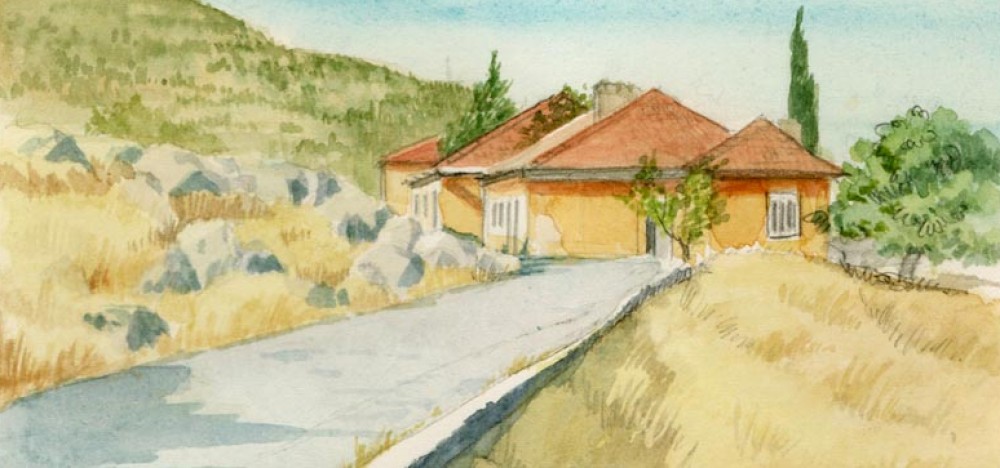Imagine a hazy, too warm, brooding September day in the south of Turkey. The air carries the smell of rain and a subtle threat of thunder. Outside the window the pines that were thrashing in the wind an hour ago are now only gently stirring.
In your palm rests a fragile clump of shaped earth, bearing the slightest traces of an ancient cylinder seal. Slanting the desk lamp to cast the impression into relief, trying to distinguish between the rough texture of the clay and slightly raised figures depicted there, you sigh with frustration. (Seriously: if you were about to make something that would last three thousand years wouldn’t you take the time to do it properly so that when it finally came out of the ground three millennia later someone might actually be able to appreciate your craftsmanship without squinting to the point of near blindness?) Angling the piece nearer to the light, trying not to damage the fragile, crumbly lump, your tenuous grip eases slightly and the clay falls to your angled drawing table, sliding to the floor, shattering…
NO. That didn’t happen. Imagine, I said, just imagine.
This scenario plays and replays in my head throughout my workday as a myriad small finds pass through my hands: delicate bits of jewellery, tiny beads, intricately decorated figurines and amorphous lumps of unbaked clay printed – sometimes barely visibly so – with seal impressions. I worry about crushing or dropping or unintentionally losing something as I measure and examine and trace the contours. It hasn’t happened – yet. The fear does, however, keep me mindful and reverent of these small remnants of ancient daily life entrusted to me.
Beside my desk this afternoon rests a crate of miscellaneous objects to be drawn and – aside from a few things that still need to be conserved or photographed – this will likely be the last of the season’s new drawings. We’re nearly at the end of digging. Tomorrow evening is our wrap-up party and many of the dig staff scatter for home on Sunday. Senior staff remain another two weeks – finalizing research, assembling data, composing reports, documenting finds – winding down.
For now, back to the drawing board…and some quality time with this little fellow, who I am holding with a firm grip.













